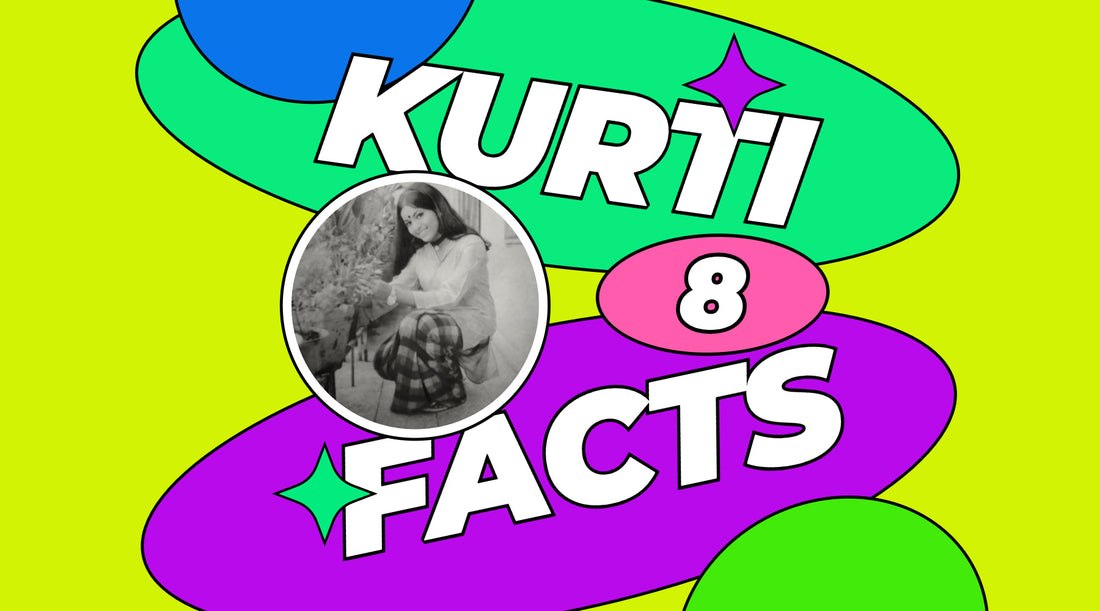
8 Surprising Facts About Kurtis You Probably Didn’t Know
Share
At Aura+, we believe clothing isn’t just about fabric—it’s about history, comfort, identity, and fit. And when it comes to kurtis, there’s more than meets the eye. These versatile pieces have been part of Indian wardrobes for centuries, yet many don’t know the rich history or the thoughtful design details that go into making them. Here are eight fascinating facts about kurtis that might surprise you:
1. Kurtis Have Ancient Roots
Kurtis are far from a modern invention. Their origin dates back to the Maurya and Gupta periods, when both men and women wore tunic-like garments that laid the foundation for today’s styles. They’ve evolved over centuries, adapting to changing fashion sensibilities while retaining their traditional charm.
2. Lengths Were Shorter in the Past
The modern long, flowy kurti is a recent development. Traditionally, kurtis were waist- or hip-length, especially in northern and central India. The evolution of longer cuts happened over time as women began pairing them with new silhouettes like leggings and palazzos.
3. Regional Fabrics Shape the Look
The fabric of a kurti often tells you where it comes from. You’ll find lightweight cottons in Gujarat, handwoven khadi in Bengal, and rich silks in Banaras. Each fabric reflects the climate and culture of the region—and the kurti absorbs that story.
4. It’s a Style Chameleon
Few pieces of clothing are as flexible as a kurti. Dress it up with a dupatta and jhumkas, or keep it casual with jeans or sneakers. It works across generations, occasions, and moods—there’s really no single way to wear it.
5. Good Design Improves Confidence
For plus-size women especially, the fit of a kurti can change everything. Design details like bust darts, deeper armholes, better shoulder shaping, and generous side slits help clothes feel good on the body—not just look good. At Aura+, we study how clothes fit real Indian bodies and tweak every pattern accordingly.
6. Prints With Purpose
Hand-block prints like Bagru and Ajrakh aren’t just decorative—they carry generations of cultural meaning. These techniques are centuries old, with each motif telling a story of its origin, often rooted in nature, spirituality, or folklore.
7. From India to the World
Kurtis have gone global. You’ll now see them on college campuses in New Delhi as well as fusion runways in London and Paris. Their comfort, adaptability, and elegance have made them a favorite across borders.
8. There’s No One Ideal Kurti
Every body is different. What flatters an apple-shaped body might not suit a pear. That’s why at Aura+, we don’t just scale up sizes—we design around body types, so every woman can feel confident in a kurti that fits and flows just right.
